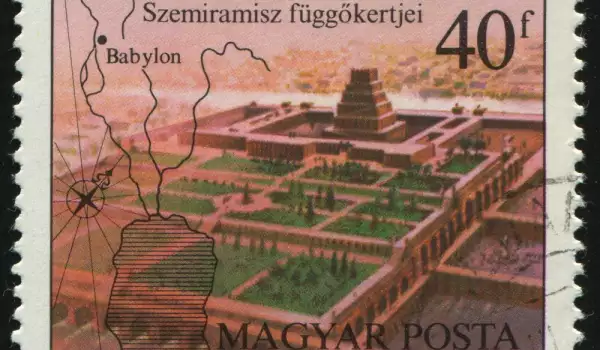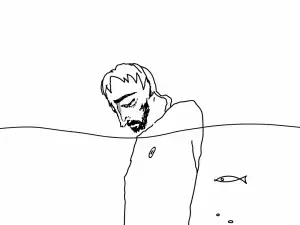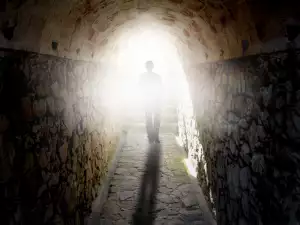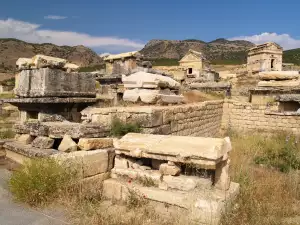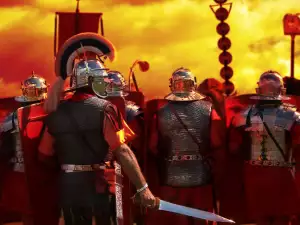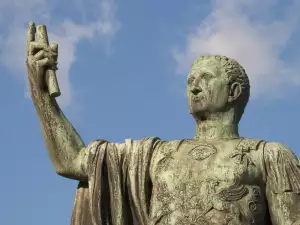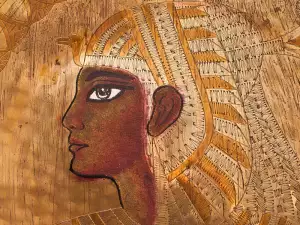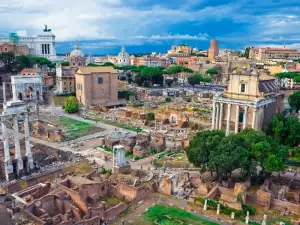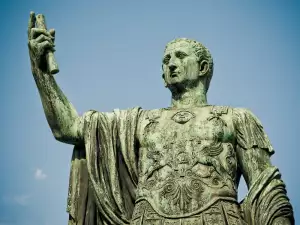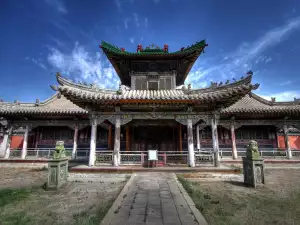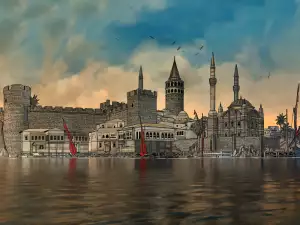Babylon is the oldest city in the world. It was on the other side of the Euphrates River and was an important manufacturing town at the time. It also became a commercial center of trade between the East and West, with merchants transporting goods by land and sea.
Babylon was built in the late third millennium by a man named Nimrod. It was originally called Babel, meaning confusion. According to the Bible, it was there, that God mixed up the languages of the nations. In later centuries, there were many people who expanded the boundaries of the city, fortified it and built the capital of an empire and a society based on the role of law, the so-called Code of Hammurabi. His legal code is also inscribed on top of a stone pillar.
The city was later occupied by various powerful groups, most notably the Hittites and the Assyrians. Finally, around 645 BC. Nabopolassar founds a new dynasty in Babylon. His son, Nebuchadnezzar II, contributed to the greatest glorification of the city. He carried out several construction projects involving temples, palaces, defensive walls and his most famous project was the Gardens of Babylon.
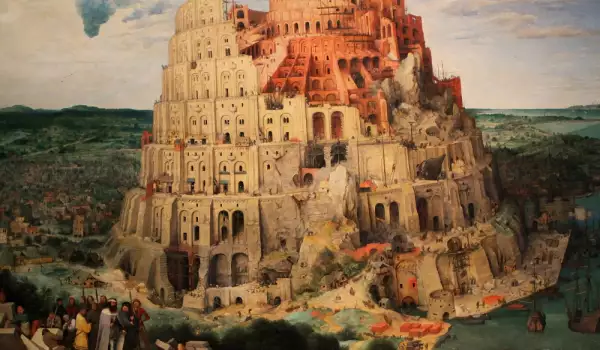
According to the Greek geographer Strabo, the gardens consisted of terraces studded with precious stones, one below the other and large enough to hold whole trees. These gardens became so famous, that they became one of the Seven Wonders of the Ancient World.
The various projects made Nebuchadnezzar very proud of his achievement, as recorded in the Bible book of the prophet Daniel. His achievements are also documented in numerous cuneiform inscriptions. In D. Barton's Archeology and the Bible (1949) an example of these inscriptions is given: ''In the enclosure of Babylon on the eastern side I placed a strong wall. I dug a trench reaching the water level. Then I saw that the wall my father had prepared was too small. I built with mineral pitch and bricks a wall as mighty as a mountain, which could not be moved and connected it with that of my father.”
In its rise, Babylon indeed seemed impenetrable to its enemies. Archaeologists indicate that the city was located on both sides of the Euphrates River, meaning that it ran through the city, providing sufficient water in the event of a siege. The river was also used as a ditch around the city, providing its natural protection. Behind this ditch the Babylonians built a double system of walls and they were believed to be so thick that two carts could pass on their roofs. Along the river the walls had a set of flat copper gates.
Finally, as stable as the city appeared, in one night around 539 BC, it fell virtually without a fight. The conqueror was a Persian named Cyrus the Great. While the people of the city were celebrating, the Persian army changed the normal course of the Euphrates River and after it had fallen to a sufficient level, the army crossed the bank and stormed through the open gates, taking the city by surprise. Interestingly, 200 years before this event, the biblical prophet Isaiah predicted that this would happen. Cyrus is even mentioned by name.
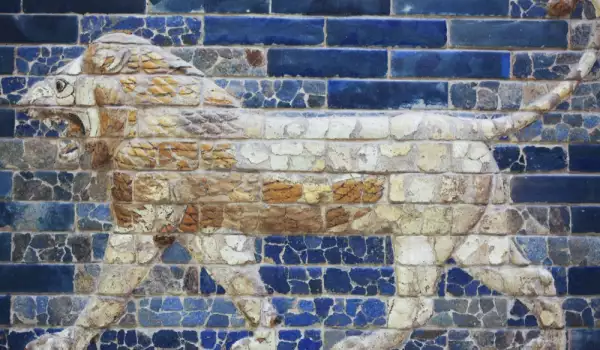
After this conquest, Babylon steadily declined, until it was finally deserted. It is believed that for the past 2, 000 years, people have continued to loot the ancient city for its exceptionally well-burnt bricks.
Will Babylon ever be rebuilt?
In the 1980s, Saddam Hussein ordered the city to be rebuilt, but it never happened. It is interesting again that the biblical prophets Isaiah and Jeremiah consider the end of the existence of Babylon.
The book Studies in Archeology and the Old Testament mentions: “These massive ruins, of which, except for the work of Caldway, very little has been excavated, have during the last few centuries been subjected to enormous plundering for building materials. Partly as a consequence of this, much of the surface appears to be in such chaotic order that it is very reminiscent of Isaiah's prophesying. The impression of devastation combined with aridity is sealed in the vast areas of ruins.”
To this day only desolate ruins and legends passed down from generation to generation remain of this great and prosperous city.
